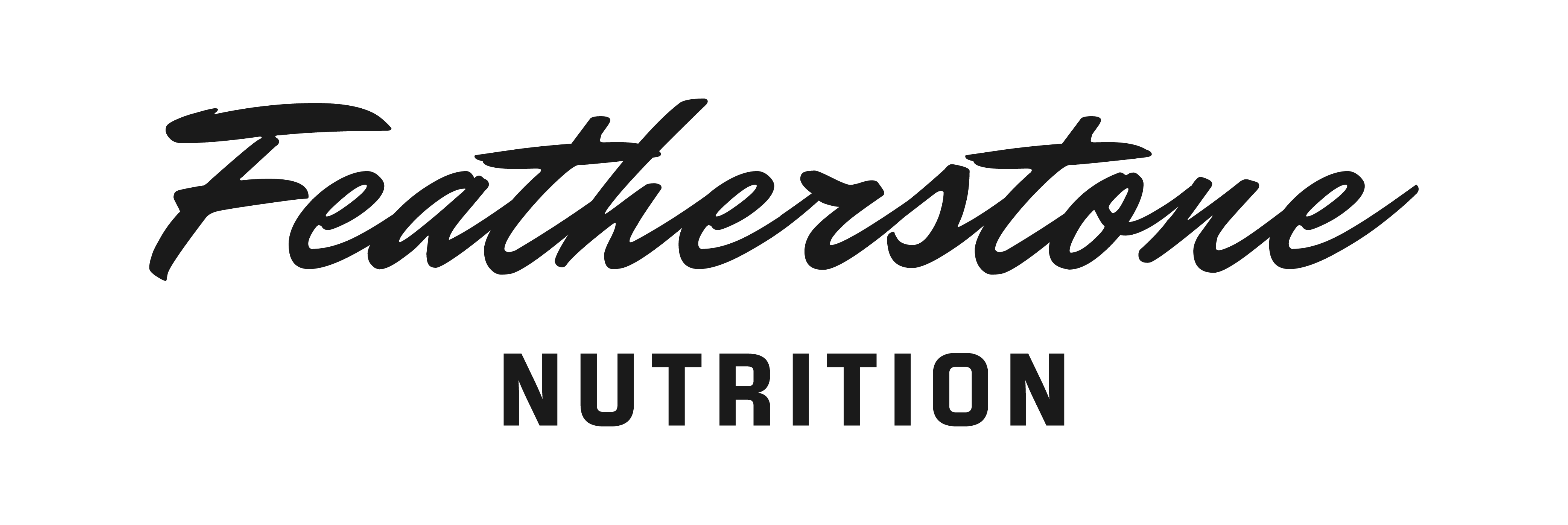When I first started Featherstone Nutrition 6 years ago, one of my clients was training for the Tokyo Marathon. I distinctly remember thinking, I will never travel halfway across the world to run a marathon. The logistics, the food, the language barrier, being so far from home – all of this felt completely overwhelming and nothing I would ever be interested in tackling. Instead, running marathons close to home felt comfortable, known, controllable, and supportive.
Well, here we are – recapping my Tokyo Marathon experience with Abbott – so clearly a lot has changed over the last 6 years. And, I am so glad that my perception of how to run a successful marathon has also changed.
Never say never.

Carb Loading in Tokyo
I always encourage runners to pack anything we cannot live without, food-wise, when traveling to a marathon. You all can guess what I cannot live without: graham crackers and bagels. I packed 2 boxes of Honeymaid graham crackers and 1 bag of bagels. I did the math and these 3 items had almost enough carbs for a 3 day carb load if I really got in a bind in Tokyo. There was an odd comfort in knowing I had this backup. But, little did I know at the time, that there are plenty of solid carb-loading options in Tokyo! <and, I didn’t end up eating any of the bagels I packed – and brought a box of graham crackers home!>
I recommend a 3-day carb load for most runners before a marathon. This meant day one was on my flight to Tokyo. From Ohio to Tokyo, we lost 14 hours – so it was not time to carb load via Ohio standards but in Tokyo, it was go time. I packed 2 PB&J sandwiches, pretzels, electrolyte drinks, and granola bars for the flight. Plus, I knew we’d be served two meals + two snacks on the flight. I kept day one of the carb load a little casual but still hit my goals.
I shared carb load day 2 in this Instagram post. Highlight reel: it’s very easy to find enough carbs in Tokyo! I ate graham crackers before a shakeout run. Then, I joined the Abbott team for a buffet breakfast where I was able to score toast with jam, an orange bun, a slice of baguette, breakfast potatoes, and yogurt with fruit. Most hotels in Tokyo offer something similar, but I would recommend checking into this before you book a hotel, as this is a super helpful way to stay carbed up for your race. While I was visiting the expo, I ate a Maurten solid bar and drank a bottle of water. One thing to know about Tokyo is there are three options for quick, convenient foods: Lawson’s, Family Mart, and 7-eleven. Pop into any one of these and carb heaven awaits. I grabbed a sweet potato bun at Lawson’s, and it was delicious. My kids had very specific toy requests from Tokyo <thank you YouTube Kids> so I went out looking for said toys and found them all with ease. I found myself very late for lunch so just stopped at Starbucks. They had plenty of options and I went with a baguette sandwich and a red bean roll. On my trip back home, I stopped at Family Mart and found some rolls that were filled with chocolate pudding and snacked on those before dinner. I looked up a nutrition label for Japan to help me determine which foods were high in carbs and low in fat and fiber. For dinner, I went out for sushi – which was delicious – but not nearly enough carbs. So, I hopped into 7-eleven from some Hi-chew to finish out the day. Checked out all three convenience stores in one day – felt like a win.
On day 3 of carb loading, I prefer to stick with very bland, basic, familiar carbohydrates. I feel 100% of my race day nerves in my stomach so by marathon #16, I know what works best for my body. I ate graham crackers before my shakeout run with the ASICS crew and then had toast, more graham crackers, and a protein bar before heading to the teamLab Borderless museum. This was an unbelievable show of lights and artwork. Always pack snacks! I had another Maurten solid bar before heading to a bakery to stock up on carbs for the remainder of the day’s carb load. I was very surprised by the number of bakeries in Japan! They had some of the most amazing pastries. Now, remember that we need more carbs – not more carbs AND fat to carb load. <High-fat carbs include donuts, croissants, tarts, sweet breads, etc> So, I found a bakery called More Than that also had soft pretzels, buns, bagels, and homemade jam. I had them make me a hot bagel with a little avocado for lunch. Then, I took another bagel, bun, and soft pretzel home for dinner.
I nailed 450 – 500 gm carbohydrates per day x 3 days to stock my glycogen to support optimal performance in the Tokyo Marathon.
Meghann’s Carb Load Tips for Tokyo: Take your favorite carbs you cannot live without <graham crackers> but know you can find plenty of carbs in Tokyo. Great options are the bakeries, rice, sushi, ramen, and premade items at the local convenience stores. If you have allergies or food intolerances, you may want to pack more of your favorite food items as it can be hard to decipher the ingredients on labels if you do not speak or read Japanese.
Meghann’s Carb Loading Tips in General: Start in the morning – do not wait and try to cram all your carbs in during the afternoon & evening. Always have snacks on you – you never know how long a trip, group run, or transportation may take. Minimize fiber, protein and fat during your carb load. These items make us feel full. If you have trouble eating enough carbs, this may be why. If you are still hungry during your carb load, add these items back in. Drink an extra 30 oz of fluid per day while carb loading. Glycogen is created with carbs and water.
Learn more about carb loading + check out our carb load calculator here.

Race Morning
The time change from the United States to Japan is wild. I was 14 hours ahead of my normal time back home. I arrived Thursday night for a Sunday morning race, so I had 3 nights of sleep before the race to attempt to adjust to this time change. Luckily, I got great sleep Friday night, two nights before the race, which is what most coaches feel is the most important night’s sleep. I mention this because I was wide awake at 3:30 am on race morning and didn’t need to head out the door until 8:15 am for a 9:10 am race start.
Why do I mention this? Waking up 6 hours before your race vs the planned 3 hours before your race needs more nutrition. I typically eat 6 graham crackers 2 hours before my marathons, but being up this early – I ate an entire sleeve, aka 9 graham crackers. I had 2 grahams at 3:30 and 5:30, and 5 grahams at 7:30 am. This is 108 gm of carbohydrates to get ready to fuel that marathon. I also drank 2 small cups of coffee and about 10 oz of Liquid IV.
Everyone’s race morning nutrition looks different, and that’s okay. But please make sure that whatever you are eating before your race is what you have been doing in training week in and week out. Practice. Practice. Practice. And then, repeat on race morning.
Meghann’s Race Morning Nutrition Tips: If you are well carb loaded, I recommend eating ½ your body weight in grams of carbohydrates 2 hours before your marathon. If you are up 4 hours before your marathon, double this. If you are not carb loaded, you will need significantly more than this. If your race starts after 9:30 am, you will also need significantly more than this.
Confused on your race day nutrition? Customized Race Day Nutrition plans are available.

Race Nutrition During the Tokyo Marathon
Let’s chat about the unique environment that the rules and regulations of the Tokyo marathon create for runners. First, you cannot take any open containers of liquids into the corrals. This means no handhelds, waist belts, or hydration packs are allowed. And, I can attest that no one ‘snuck’ anything through – I saw absolutely no runners carrying their own fluids.
You also cannot throw any trash on the ground during the race. They encourage runners to retain any fuel wrappers and throw this away after the race. They ask that runners do not discard any fueling wrappers or clothing in the trash bins designated for race fluid cups. And, I did see one race volunteer sorting out runner’s personal trash from the cups, so perhaps this really is a thing for the cup disposal in Tokyo.
They offer water every 2 – 3 kilometers starting at 5k throughout the race. They also provide Pocari Sweat every 5k. Then, they offer an assortment of foods from 17 to 38 kilometers, including pickled plum, chocolate, azuki-bean paste, cream filled rolls, banana, calorie mate, glucose, salty candy, and doll shaped pancakes. I’m sorry to let you all down, but I did not try any of these options and cannot report back.
The weather on race morning was perfection. It was 42 degrees at the start and predicted to warm up to the low to mid 50s by the time most runners finished the race. Please note, race day nutrition & hydration may change dramatically when weather is not ideal.
Never have I ever run a successful marathon without carrying a handheld with a high sodium sports drink, so this was a new experience for me. I stuck with a Maurten gel every 25 minutes. Then, I grabbed water cups on course at every stop through the half, which was 8 stations. I am absolutely terrible at drinking from these cups and waterboarded myself at half of these attempts. But, keeping track of my actual swallows vs nose intake – I was pretty sure I had actually consumed about 12 – 15 oz of water through the half which was my goal. My plan to make up for the lack of sodium in plain water was using SaltStick Chews. Each chew has 50 mg sodium and in past marathons, I have been successful taking 400 mg sodium by the half – so I took 2 chews before 4 different water stations. This seemed to work well.
At mile 20, I got hit with diaphragm cramps on both sides which took a lot of my focus and attention to keep breathing through them. At this point, my hydration strategy fell by the wayside but gel intake stayed to plan.
In the end, I took 6 gels + 8 salt chews + approximately 20 oz water. <The plan was 7 gels but one slipped out of my hands as I tried to open it. Also, cue panic that I was going to be disqualified for leaving trash on the course.> This worked out to be 52 gm carbs, 225 mg sodium, and 7 oz water per hour. I have to be honest, I do not think this was quite ideal. In Berlin, I took 74 gm carbs per hour. You may wonder, what happened here Meghann? Two things. One, I dropped my first gel on course – so I missed a gel. This would have taken me to 60 gm carbs per hour – and not having a sports drink in my handheld hurt me here too. Proof that even your sports dietitian looks back and finds areas for improvement!
This race solidified that I am a handheld runner through and through. I really, really missed this out there. And, will be returning to team handheld for the London Marathon!

Common Questions:
- Where did you carry all your fuel? I wore the same crop top that I wore in Berlin, so my fuel storage was the same. All 7 gels lined up between my sports bra & crop top. Here’s a reel with the details.
- How did you survive without your trusty handheld? Barely. I missed it so very much. I think the SaltStick chews saved me though. I am terrible at drinking from the cups and much prefer the comfort of a handheld.
- Tell me about those post-race shirt towels! What’s up with those post-race Mumu’s? Instead of a mylar blanket or poncho, Tokyo Marathon gives out these terry cloth, hooded, shirt dresses that are next level. It feels worth it to go halfway across the world and run 26.2 miles just for this swag! Hands down the coolest item I’ve acquired post-race yet.
- Did you take salt tabs since you used water on the course instead of your handheld with Skratch? I sure did. I used the SaltStick chews. They come in a resealable packet with 10 chews that I stuck down my crop top with my gels. I ate 2 chews before the water stations so I could wash them down.
- Did you eat 8 bagels this carb load too? I did not! Believe it or not, I diversified my carb options this time. I only ate 2 bagels over the entire 3-day carb load. I’m apparently maturing. Kidding, back in the US, I’m certain I will still lean on bagels for a carb load.

Takeaway
Younger Meghann had nothing to be afraid of traveling halfway across the world to run a marathon. With proper planning and a little experience, running the Tokyo marathon honestly felt incredibly seamless and very entertaining. The culture of Tokyo was absolutely unbelievable. Everyone was so kind, considerate, and helpful. And, the cleanliness of the entire town was second to none. It actually left me wondering why we don’t enforce similar ‘throw your own trash away’ rules in the states’ marathons.
I feel unbelievably lucky to have the opportunity to partner with Abbott to experience all of the Abbott World Marathon Majors over an 18 month span. And, I want to give a huge thank you to Abbott for allowing us all to chase the amazing goal of the Abbott World Marathon Majors Six Star Journey. Seeing the joy on the faces of all the runners wearing their newly earned Six Star medal is nothing short of absolutely inspiring. And, a personal thanks to them as well for teaming up to allow me to chase this goal. Along this journey, I have had the opportunity to help educate all runners a little bit more on the importance of nutrition. Next up, I will run the London Marathon to earn my Six Star medal.

If you need help with your carb load or race day plan, I can create a Customized Carb Load Plan or Race Day Fuel & Hydration Plan for you!


Hi Meghann, awesome job in Tokyo. I wanted to ask about that you mention using the salt stick chews. In an earlier episode I remember you saying that the salt stick chews only have 50mg of sodium and you recommend using the salt stick capsules as they contain a higher amount of sodium than just the chews. Did you use both during Tokyo since you didn’t have your handheld? I am just curious because I am salty sweater who lives in the desert and I just want to make sure I am not ‘over salting’ but still getting enough salt. I do use a hand held and use tailwind, but I have been using the chews and am wondering if I should get some capsules as we are getting into summer running here in Las Vegas. Thanks !
I ran Tokyo this year!! I love it!! In wish I had read about carb loading properly! Now, I know for London which will be my 6th star and hopefully I can do it in 2025!
Hi Meghann, good job on ur Tokyo Marathon and all the best for London 6th star ⭐️
I wanted to ask on the nutrition bit of thing. I am currently using tailwind and Sports gels as my fuel. Is tailwind a strict no no? That is some major changes we runners have to adjust to…
I gather u are allowed gels but no waist belt 😅 carrying 7 gels with u and nothing to hold them with is really 🫣😵💫
And lastly Handheld runner means u can leave ur nutrition plan with the organiser and pick up at station? Wont it be scary if someone else take it by mistake or u miss it? Sorry clueless on this pls enlighten.
As long as you are consuming adequate carbs per hour, you can mix and match fuel sources based on your preferences and needs. For carrying gels, I have started storing gels in between my crop shelf bra + sports bra, and it has worked well for me. Yes, it is risky to leave your bottle up to chance and hope that no one else takes it & you can find it – that’s why I start off with a handheld with a decent amount of sodium (what I know works for me). If a race has a bottle station, and I can’t find my bottle, I will take water on course if I need it.